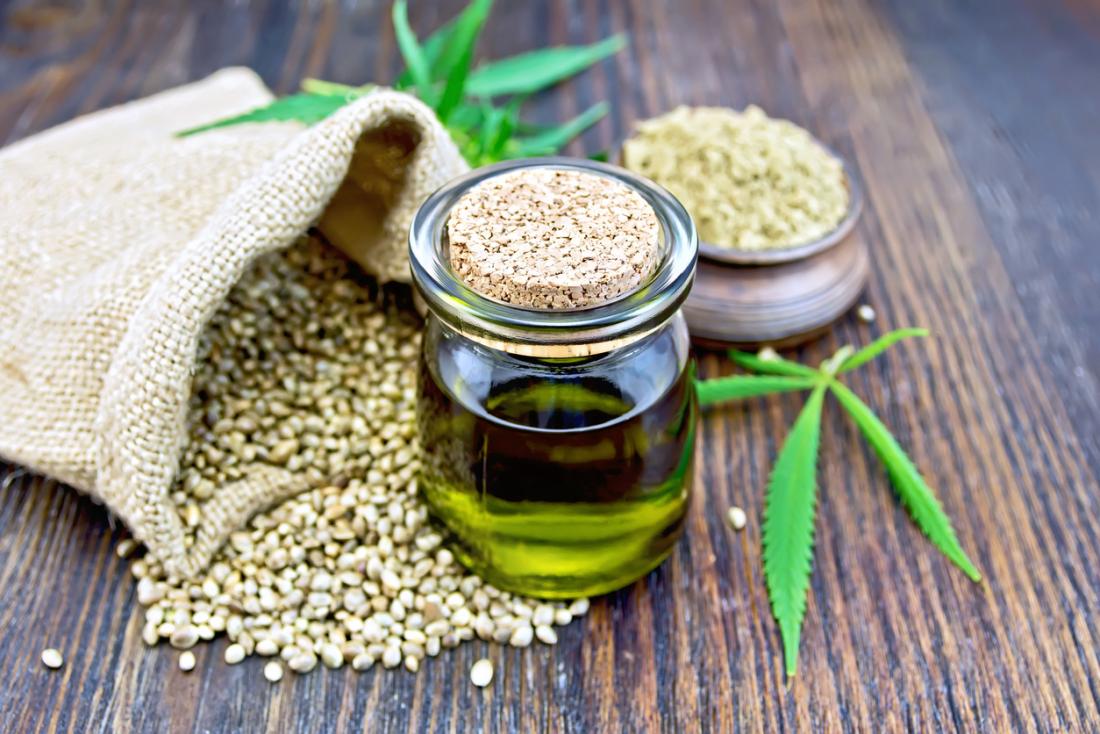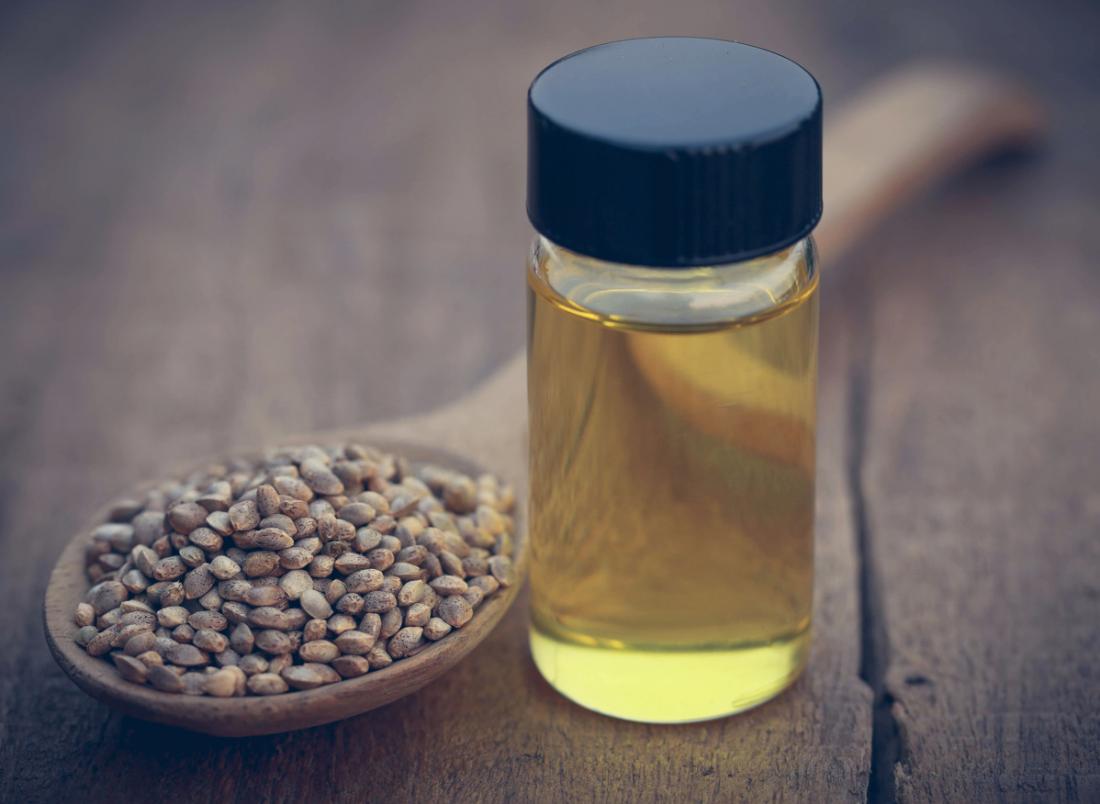Cannabis plants are exceptionally versatile. Both the seeds and cannabis oil were used for food in China as early as 6,000 BC. Hemp was one of the first fibre plants to be used before the widespread use of cotton. In 4,000 BC, there is evidence of textiles made from hemp (cannabis) used in both China and Turkestan. In 850, the Vikings transported hemp rope and seeds to Iceland, and by the year 900, Arabs were learning techniques for making paper from hemp. By 1000 (1018 years ago), Italians were using ropes made of hemp on their sailing ships. The Mona Lisa is in fact painted on a hemp canvas. The first model T ford had a hemp fire interior and ran on hemp fuel. You could even pay tax with hemp at one point in time. Nowadays hemp fibres are more commonly found in clothing and jewellery.
Stories about the healing properties of hemp (cannabis) mention Greek philosophers, Herodotus, Napoleon and other legendary figures. The physician for Nero’s army, for example, included cannabis in his medical inventory. In 1563, the medicinal benefits of cannabis were discussed in a report by Portuguese physician Garcia da Orta. A few years later, China's Li Shih-Chen documented the antibiotic and anti-nausea effects of cannabis.

It has been documented for its use with pain relief during childbirth and toothache through medieval German and Viking times. In ancient India cannabis was regarded as a gift of the gods used excessively in folk medicine. It was believed to quicken the mind, prolong life, improve judgement, lower fevers, induce sleep and cure dysentery. Queen Victoria would use cannabis to alleviate menstrual cramp and relied on it frequently.
During the 1800s, cannabis and its extracts made up over 50% of medicine across the USA and Europe. Cannabis Indica was primarily used for medical purposes as it was known also for its relaxing and calming effect. It was a common ingredient in medicines, found in almost every pharmacy and medical clinic until 1937 when the plant was deemed illegal by the Marijuana Tax Act despite later objections from the American Medical Association.
Despite the damaging publicity for cannabis, many scientists continued to research this plant for its therapeutic purposes. Cannabidiol (CBD) is one of the 100+ cannabinoids found in cannabis and has been the subject of much research due to its many and varied medical applications. The compound is also non-psychoactive (meaning it does not produce the ‘high’ associated with cannabis use), making it a safe and effective option for patients who may be concerned about the mind altering effects of other cannabinoids such as THC (tetrahydrocannabinol).
The first person who was successful in extracting CBD from the Cannabis Sativa plant was a chemist named Roger Adams in 1940. He wasn’t aware that he succeeded in extracting a chemical compound, but years later Adams and other scientists realised what he had done and started researching the possible benefits of CBD.
In 1946, Dr. Walter S. Loewe conducted the first CBD test on lab animals. These tests gave proof that CBD doesn’t cause an altered mental state. That same year Dr. Raphael Mechoulam identified CBD’s three dimensional structure. Further research continued in the 1960s on primates and it didn’t take long to realise that THC, not CBD, was the one that was responsible for causing the sedated, intoxicating cerebral effects of the herb which was considered illegal.
In the early to mid-1970’s, the British Pharmacopoeia (which is a publication of quality standards for medicinal substances in the UK) released a licensed cannabis tincture that contained CBD in a full-spectrum oil for therapeutic use. It is important to note that while medical research was progressing for CBD, cannabis was also being selectively grown for the highest THC levels, as the high became sought after for recreational use in illegal trade. Strains of cannabis were also being bred to have higher levels of THC and lower CBD as the CBD reduces the effect of the high.
Nonetheless, Dr. Mechoulam made another breakthrough in CBD history in 1980, when he ran a study which showed CBD could be a key factor in treating epilepsy.
In 1998, a medical company called GW Pharmaceuticals, based in the UK, began to cultivate cannabis for medical trials. Their aim was to develop a concise and consistent plan for extracting CBD. Geoffery Guy, one of the company’s founders, staunchly believed that cannabis plants rich in CBD would be used as medicine. Early animal studies showed that CBD lessened anxiety and reduced the frequency and severity of seizures. This turned heads in the medical community, and cannabis strains began to be cultivated with extremely low levels of THC and high levels of CBD.
CBD Oil Benefits
Oils that are CBD dominant are referred to as CBD oils. However, the exact concentrations and ratio of CBD to THC can vary depending on the product and manufacturer. Nonetheless, CBD oils have been shown to offer a range of health benefits that could potentially improve the quality of life for patients around the world.
Here are just five of the key health benefits documented for CBD oils:
1. Pain relief
· The human body contains a specialised system called the endocannabinoid system (ECS), which is involved in regulating a variety of functions including sleep, appetite, pain and immune system response.
· The body produces endocannabinoids, which are neurotransmitters that bind to cannabinoid receptors in your nervous system.
· CBD is believed to help regulate that system by binding with various receptors located within cell and tissue systems. Those receptors are referred to as CB1 and CB2.
· Studies have shown that CBD may help reduce chronic pain by impacting endocannabinoid receptor activity, reducing inflammation and interacting with neurotransmitters.
· For example, one study in rats found that CBD injections reduced pain response to surgical incision, while another rat study found that oral CBD treatment significantly reduced sciatic nerve pain and inflammation.
· Several human studies have found that a combination of CBD and THC is effective in treating pain related to multiple sclerosis and arthritis.
· An oral spray called Sativex, which is a combination of THC and CBD, is approved in several countries to treat pain related to multiple sclerosis.
· In a study of 47 people with multiple sclerosis, those treated with Sativex for one month experienced a significant improvement in pain, walking and muscle spasms, compared to the placebo group.
· Another study found that Sativex significantly improved pain during movement, pain at rest and sleep quality in 58 people with rheumatoid arthritis.
2. Anti-Seizure Properties
· A randomised, double-blind, placebo-controlled trial published in The New England Journal of Medicine explored the effect of CBD medication on young adults with Dravet syndrome, a rare type of epilepsy with seizures that are often induced by fever. Those who received CBD saw their seizure frequency drop by a median of 38.9 percent.
· Another study gave 214 people with severe epilepsy 2–5 grams of CBD oil per kg of body weight. Their seizures reduced by a median of 36.5%.
· However, it’s important to note that some people in both these studies experienced adverse reactions associated with CBD treatment, such as convulsions, fever and diarrhoea.
3. Combat Anxiety
· In a study, 24 people with social anxiety disorder received either 600 mg of CBD or a placebo before a public speaking test. The group that received the CBD had significantly less anxiety, cognitive impairment and discomfort in their speech performance, compared to the placebo group.
· CBD oil has even been used to safely treat insomnia and anxiety in children with post-traumatic stress disorder.
· CBD has also shown antidepressant-like effects in several animal studies.
· These qualities are linked to CBD’s ability to act on the brain’s receptors for serotonin, a neurotransmitter that regulates mood and social behaviour.
4. Alleviate Cancer-Related Symptoms
· One study looked at the effects of CBD and THC in 177 people with cancer-related pain who did not experience relief from pain medication. Those treated with an extract containing both compounds experienced a significant reduction in pain compared to those who received only THC extract.
· CBD may also help reduce chemotherapy-induced nausea and vomiting, which are among the most common chemotherapy-related side effects for those with cancer.
· A study of 16 people undergoing chemotherapy found that a one-to-one combination of CBD and THC administered via mouth spray reduced chemotherapy-related nausea and vomiting better than standard treatment alone.
· Some test-tube and animal studies have even shown that CBD may have anticancer properties. For example, one test-tube study found that concentrated CBD induced cell death in human breast cancer cells.
· Another study showed that CBD inhibited the spread of aggressive breast cancer cells in mice.
· However, these are test-tube and animal studies, so they can only suggest what might work in people. More studies in humans are needed before conclusions can be made.
5. Could Benefit Heart Health and Blood Pressure
· One recent study treated 10 healthy men with one dose of 600 mg of CBD oil and found it reduced resting blood pressure, compared to a placebo.
· The same study also gave the men stress tests that normally increase blood pressure. Interestingly, the single dose of CBD led the men to experience a smaller blood pressure increase than normal in response to these tests.
· Researchers have suggested that the stress- and anxiety-reducing properties of CBD are responsible for its ability to help lower blood pressure.
· Additionally, several animal studies have demonstrated that CBD may help reduce the inflammation and cell death associated with heart disease due to its powerful antioxidant and stress-reducing properties.
· For example, one study found that treatment with CBD reduced oxidative stress and prevented heart damage in diabetic mice with heart disease.

CBD Oil for Health
CBD and THC are the power couple of cannabis therapeutics; they work best together. CBD and THC interact synergistically to potentiate each other’s curative qualities. CBD enhances THC’s painkilling and anticancer properties, while lessening THC’s psychoactivity. CBD can also mitigate adverse effects caused by too much THC, such as anxiety and rapid heartbeat. When both compounds are present in sufficient amounts in the same cannabis strain or product, CBD will lower the ceiling on the THC high while prolonging its duration.
CBD is most commonly taken orally in a concentrated paste or drops/tincture format. To take CBD oil first hold it under the tongue to be absorbed in the mouth prior to swallowing. This step is important because some of the CBD taken will be broken down by the digestive system. Other oral methods include capsules, mouth strips, and edibles such as chocolate bars. Many people also enjoy using CBD vape oil or CBD eliquid via vaporisers or inhalers as this is a near instant delivery method that can be quite effective. Others use CBD oil by taking it through the skin via lotions, balms, creams or patches. There are many ways to take CBD oil, what matters most is trying a few different approaches and seeing what works.
The right CBD dosage differs per person. This is caused by the fact that every person has a different endocannabinoid system. An effective dosage can range from as little as a few milligrams of CBD-enriched cannabis oil to a gram or more. Begin with a small dose of high CBD/low THC oil, especially if you have little or no experience with cannabis. Take a few small doses over the course of the day rather than one big dose. Use the same dose and ratio for several days. Observe the effects and if necessary adjust the ratio or amount. Don’t overdo it. Cannabis compounds have biphasic properties, which means that low and high doses of the same substance can produce opposite effects. Small doses of cannabis tend to stimulate; large doses sedate. Too much THC, while not lethal, can amplify anxiety and mood disorders. CBD has no known adverse side effects, but an excessive amount of CBD could be less effective therapeutically than a moderate dose. “Less is more” is often the case with respect to cannabis therapy. Keep the bottle of oil in a dark and cool place, for instance in the refrigerator.
|
Standard dosing recommendations for CBD oil that can be used for every brand:
· Start on the first day by taking 1 drop of CBD oil in the morning and 1 in the evening under the tongue for 30 seconds then swallow.
· Increase this amount with 2 drops per day during the first 3-4 weeks.
· Don’t take the drops all at once, but spread the usage evenly over the day, for instance in the morning, in the afternoon, in the evening and before you go to bed.
· If you think the dose is too low, you should increase the number of drops until the dose feels right for you.
· You should experiment a little, just try to examine what you are feeling and whether you think it’s the right dose for you. After a certain amount of time, you will have found the right dosage.
· To reach a certain mg dose look carefully at how many drops are needed for each CBD brand.
|
Here are some suggestions for CBD dosages to treat specific conditions*:
To treat chronic pain:2.5-20 mg CBD by mouth for an average of 25 days.
To treat epilepsy:200-300 mg of CBD by mouth daily.
To treat movement problems associated with Huntington's disease:10 mg per kilogram of CBD by mouth daily for six weeks.
To treat sleep disorders:40-160 mg CBD by mouth.
To treat multiple sclerosis symptoms:Cannabis plant extracts containing 2.5-120 milligrams of a THC-CBD combination by mouth daily for 2-15 weeks. A mouth spray might contain 2.7 milligrams of THC and 2.5 milligrams of CBD at doses of 2.5-120 milligram for up to eight weeks. Patients typically use eight sprays within any three hours, with a maximum of 48 sprays in any 24-hour period.
To treat schizophrenia:40-1280 mg CBD by mouth daily.
To treat glaucoma:a single CBD dose of 20-40 mg under the tongue. Doses greater than 40 mg may actually increase eye pressure.
*These are merely guidelines. It is extremely important to read the dosage instructions on the CBD oil you are taking, especially as results from certain dosages may affect you differently than others. It is always best to contact the CBD oil company to ask them the right dosage for your medical condition and consult with your doctor before embarking on any new treatment.
Precautions
Though CBD is generally well tolerated and considered safe, it may cause adverse reactions in some people.
Side effects of CBD include sleepiness, decreased appetite, diarrhoea, fatigue, malaise, weakness, sleeping problems, and others. It does not have intoxicating effects like those caused by THC, and may have an opposing effect on disordered thinking and anxiety produced by THC.
CBD is also known to interact with several medications. Before you start using CBD oil, discuss it with your doctor to ensure your safety and avoid potentially harmful interactions.
To Sum Up…
Cannabis has had a widespread reach throughout history, used as a medicinal healer, domestic purposes, pain killer and for spirituality, so it seems strange how it managed to stay illegal for the majority of the 20th century.
When it comes to healing, people use products such as CBD oil, CBD water and various CBD lotions to try and treat pain, inflammation, depression, anxiety, stress, neurological conditions and many other illnesses.
The endocannabinoid system is extremely complex. This is a physiological system in your body that´s important for the improvement and maintenance of different physical and mental processes. While the exact way CBD affects this system still remains a mystery to most researchers, what we do know is that every person has a different endocannabinoid system, and therefore while the instructions on a CBD oil bottles may be informative and clear, the standard dosing may affect two different people in completely different ways.
CBD oil is not a miracle cure. It can take time to work. The key is finding the right dosage. If you are just starting out with CBD oil, then remember to start small and to consult with your doctor. It’s important to know how your body reacts to CBD. Increase the dosage gradually and if you feel that the CBD oil isn’t affecting you in a positive way, then you should stop and consult with a medical professional.
Source
http://www.thekindpen.com/a-brief-history-of-medicinal-cbd-oil/
https://ministryofhemp.com/blog/cbd-history/
https://en.wikipedia.org/wiki/Cannabidiol
https://www.marijuanabreak.com/history-of-cbd
https://cbd-oil.co.nz/the-history-of-cannabis
https://discovercbd.com/blogs/cbd-news/88739206-the-history-of-cbd-10-000-years-and-counting
https://www.canabomedicalclinic.com/5-health-benefits-cbd-oils/
https://www.healthline.com/nutrition/cbd-oil-benefits#section1
https://www.projectcbd.org/guidance/cbd-users-manual
https://www.cbdsense.com/cbd-user-manual/
https://cbdoilreview.org/cbd-cannabidiol/cbd-dosage/
